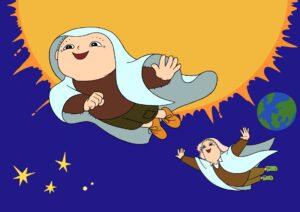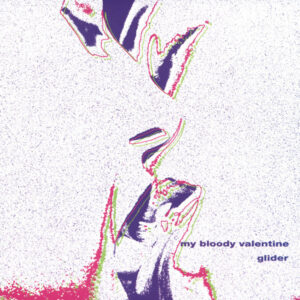1990s UK indie bands were the best bands. You can take my word for it, even though I wasn’t in the United Kingdom at the time. But the older I get, the more clear it becomes that I’m actually a child of the early 1990s. A hazy period of my life which ended in 1994 with the release of Oasis’ Definitely Maybe.
Or let me put it another way. I’m a child of the 1970s and 1980s who left home in 1990. Which, um, was when early-1990s UK indie began. The fact that I graduated from university and got my first full-time job in 1994 provides a way to bookend that era. It also functions as a symbol of the personal nature of this post.
You could also argue that 1989 was an even more significant year for 1990s UK indie. No to mention indie worldwide. That’s the subject of another post I don’t have time to write. ‘Or at least, not yet’, as David Gedge would say. But before we can get to the end of the era, we have to go back to the start.
1990: [definitely not just] time for Guru
Do you remember Guru Josh? He was the guy who drew a line in the sand between the 1980s and the 1990s. Sure, he was doing so for reasons of self-interest and self-promotion. But the fact remains that 1990 was the start of a decade. One in which 1989 would never play a part. Guru Josh told us so.
I left home the week Oxford shoegazers Ride released their first extended play (EP) record. This was back in the day when a lot of records still came out on vinyl. It was January 1990, the beginning of the greatest couple of years in UK indie. I was living in Australia at the time but in my mind I was living in the UK.
Unfortunately, I knew nothing about shoegazing, Ride or UK indie. So there was a problem. Here’s another: I was a passionate R.E.M. fan, and still thought John Cougar Mellencamp had something. I listened to commercial FM radio. Noiseworks was the soundtrack to my antipodean summer of 1989/1990.
It’s okay, we can all move on now. Okay?
The first rumblings of indie? Maybe . . .
Then again, in my defence, in 1989 I was also into Australian indie. This was the actual soundtrack to my first summer out of high school. Ratcat’s That Ain’t Bad EP was brilliant. ‘That Ain’t Bad’, was not released in the 1990s. But by God Simon Day was indie. Didn’t hurt that he was hot as hell, either.
The Hummingbirds’ loveBUZZ album was also fantastic. They named it after the Shocking Blue song Nirvana covered on Bleach. It was fourteen singles in a row. All with that R.E.M.-style Rickenbacker jangle. Which made sense, as Mitch Easter produced the album. That jangle was so hot at the time.
But by 1990 it had dated a little. Despite my supposed indie credibility, I was in for a shock. I started university in 1990 and fell in with a bunch of guys who were into indie music. They were not only aware of UK indie but also lifetime subscribers to New Musical Express. Or so it seemed.
Through them, I discovered a whole world of indie beyond R.E.M. And let’s face it, by 1990, R.E.M. were no longer indie anyway. They’d left behind the moody jangle of their IRS albums, starting with Murmur (1983). Instead, they’d begun taking a more direct and less mysterious approach. How fast things change!
My quickfire indie education
Well, to bring it back to me again, I started university in 1990. I spent my first two years of university living at a college on campus. I was in for a special kind of musical edumacation during those first heady months. My friend D.—whom I hadn’t seen since primary schol—had a formidable collection of music, all on cassette.
Some of what he played me was from the United States. The first time I heard Pixies’ Doolittle I almost shat myself. Music was not supposed to sound like this. FM radio had conditioned my ears to receive Sinead O’Connor’s ‘Nothing Compares 2U’. A song like ‘Tame’ was like a bottle of industrial toilet cleaner to the head.
Sonic Youth’s music had a similar effect. Goo, when you think about it, is a terrifying album. Especially its second side. A song like ‘Mote’ or ‘Mildred Pierce’ would never get airplay on commercial FM radio. At first I wondered why a record company would even agree to release such music.
By the time I figured out where Triple J was on the FM dial that summer, it was all I listened to. But a lot of the local indie I listened to on Triple J was less aggresive. Ratcat and the Hummingbirds. Falling Joys, Clouds, the Fauves, Ripe. From across the Tasman, The Bats and Straitjacket Fits.
Even so, UK indie had the biggest impact on me. Radio DJs spoke of these bands in hushed, even reverential tones. My Bloody Valentine, Ride, the Charlatans, the Wedding Present, and on and on and on. But what was 1990s UK indie anyway?
And when did it end?
Definitely defining early-1990s UK indie
Definitions are annoying. But when you’re trying to be specific about something they can also be quite useful. Even when you’re trying to define a concept as slippery as early-1990s UK indie. The big question raised by such a concept, of course, is that of time. When did the early-1990s begin? And when did they end? But here are some more questions.
When did the early 1990s begin?
I define the early-1990s as starting in January 1990. We can argue all day about when a decade begins and ends. This kind of technical pedantry is not important to me. January 1990 is when I enrolled at university. So that’s when it started. 1990 was also the year after the fall of the Berlin Wall, so that’ll do me for significance.
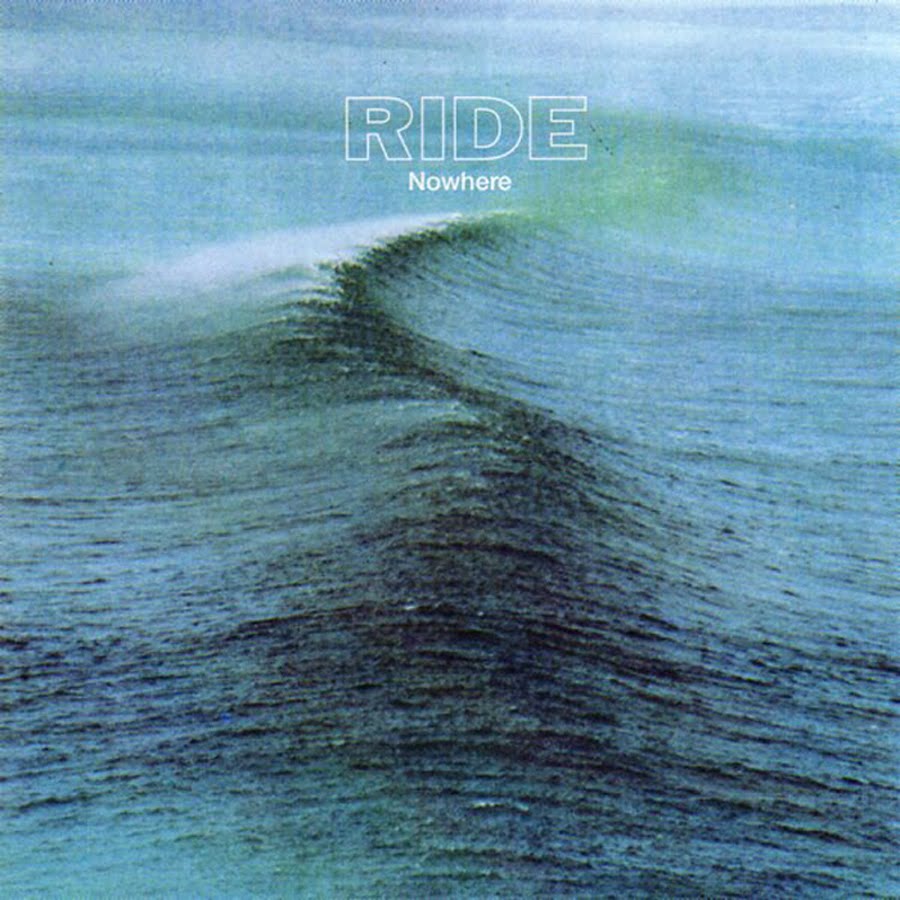
What’s indie music?
I define ‘indie’ as independent. That means music issued independent of mainstream record labels. Or else via small, non-mainstream labels. This can be problematic. Many mainstream record labels own indie subsidiaries. But I don’t think it’s that big a deal. If it looks indie, sounds indie and feels indie, it’s indie.
What’s the United Kingdom?
I define the UK as the United Kingdom of Great Britain and Northern Ireland. At least for now. The Republic of Ireland is thus excluded from this definition. But bands featuring Irish-born musicians are okay. As long as they signed to a UK-based record label in the early 1990s and sounded indie.
Okay, ‘early-1990s UK indie’ what?
Good question. In this post I’m referring, in the main, to indie rock, or guitar-based indie pop and/or rock. I also have a special fondness for bands who issued EP records rather than singles. Although, as you can no doubt imagine, this is not a hard and fast rule.
When did the early 1990s end, then?
The early-1990s ended when Creation Records released Oasis’ Definitely Maybe in 1994. Which may sound harsh but write your own post if you disagree. Regardless, we’re talking about a very brief window in time. Needless to say, I do not regard Oasis as being an early-1990s UK indie band, in any shape or form.
Oasis’ Definitely Maybe and the end of early-1990s UK indie
But why? I hear you ask. What’s wrong with Oasis, anyway? Well, I need to back up a little and clarify a few things. Even so, Oasis fans are not going to like any of these clarifications, either. So let me state it straight: I dislike Oasis’ style of music. And the rest of this post will be about the reasons why I dislike it.
Okay. The end of the early-1990s came not with a bang but a whimper. This whimper took the form of Oasis’ first single, ‘Supersonic’. But do you know what else happened in April 1994? Kurt Cobain shot himself, that’s what. The fact that he did so six days before the release of ‘Supersonic’ is irrelevant.
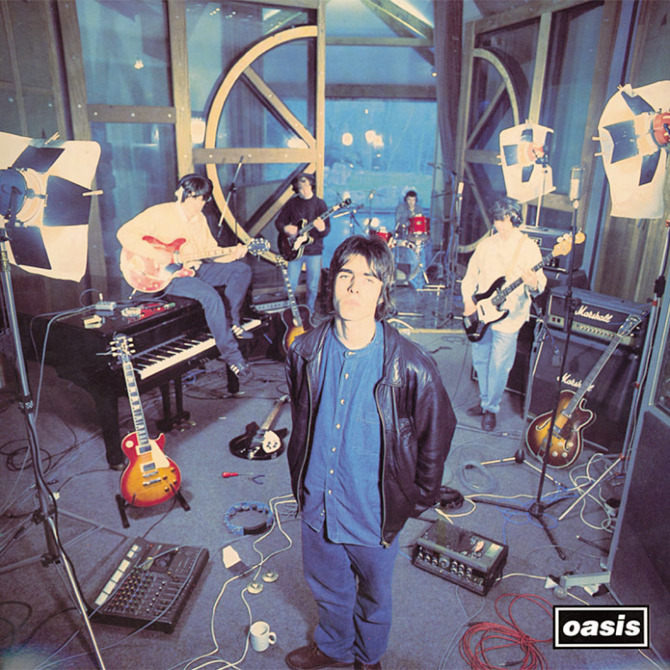
By the time Definitely Maybe came out on 29 August 1994, early-1990s indie was dead. You might say the era had been on life support ever since the release of Ride’s third album, Carnival of Light, on 20 June. Definitely Maybe amounted to indie’s grieving relatives flicking off the switch.
To be clear: I don’t mind driving guitar rock, as long as there’s an attitude that comes with it I can also stomach. That’s why I can listen to Bob Mould excoriate himself on the harrowing Sugar EP Beaster. It’s also why Swervedriver are so choice. But I cannot bear the Gallagher brothers’ whining swagger. I can’t stand it.
The casualties of Oasis’ war on indie
The fascinating thing about Oasis is the way they managed to kill off many of their predecessors. Take Ride, for instance. Although Oasis waited until 1999 to recruit Andy Bell, the damage was already done. Many indie bands either disbanded or reinvented themselves around 1994. And for that I also blame Oasis.
Verve were doing great until 17 May 1994. That was when they released the b-sides album No Come Down under the moniker The Verve. Sure, they’d changed their name to head off a legal battle with Verve Records. But when Definitely Maybe came out three months later, Verve were yesterday’s news.
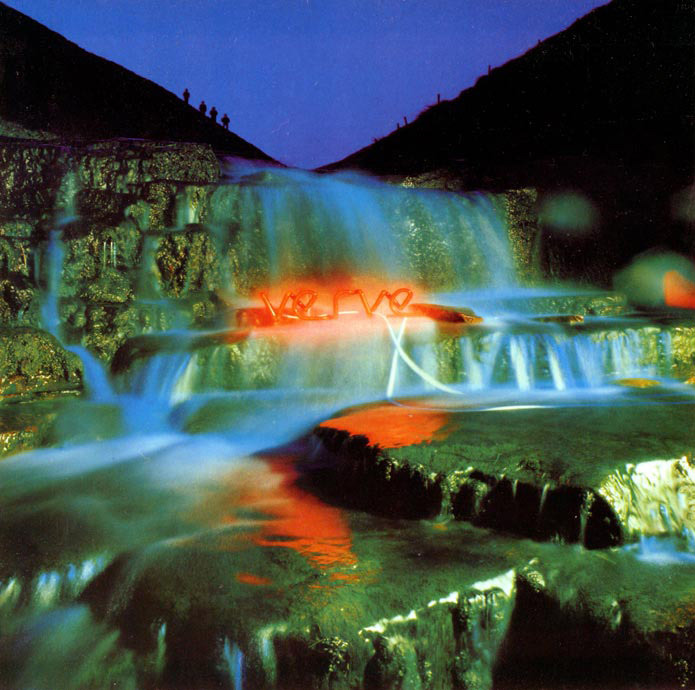
Lush, another of the great early-1990s indie bands, released some top EPs and albums. Then, on 13 June 1994, came Split, a mish-mash of melancholy in search of a pulse. It marked the end of the band’s indie sound. The Britpop style evident on the 1996 follow-up, Lovelife, said it all. Oasis was to blame.
I could go on. Is it a coincidence that My Bloody Valentine failed to release anything at all between 1992 and 2013? Or might Oasis have been to blame for that as well? And why did The La’s find it impossible to release anything after their 1990 debut? Because Noel Gallagher gave them the kiss of death, that’s why.
Remembering (and letting go of) Oasis and the early 1990s
Nostalgia is a complex beast. It makes us long for whatever was good about the past, while shielding us from what was crap. I’ll be the first to admit that my feelings about the early 1990s as a cultural moment remain compromised. I can still conjure up the emotions evoked by the music of that time. But I’ve forgotten the time itself.
This is inevitable, of course. Many people who grew up in the 1990s now find themselves contemplating mortality. We should be so lucky to have lived so long, unlike some of our heroes at the time. I count myself lucky to have seen some bands at the height of their powers. And to have avoided a real run-in with death.
Because death is never far away when you contemplate the end of a specific era. In my case, the death is metaphorical—it’s a letting-go, or an acceptance of time passing. It won’t stop me from slagging off Oasis, or writing blog posts about early-1990s bands I love. But maybe—erm, I mean, definitely—that’s what life’s all about.
